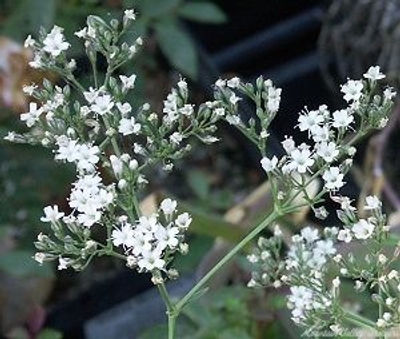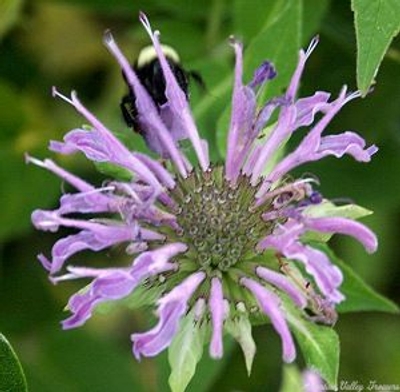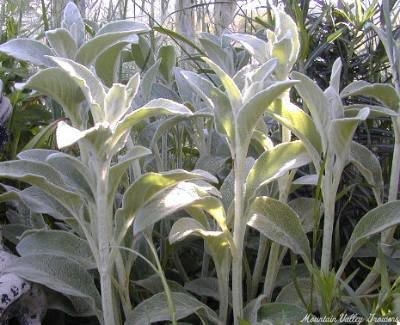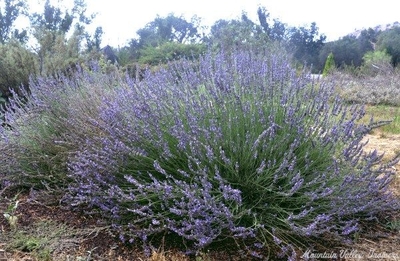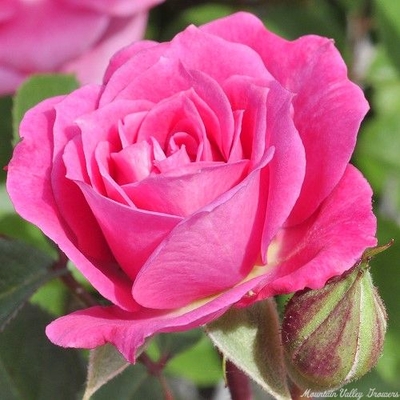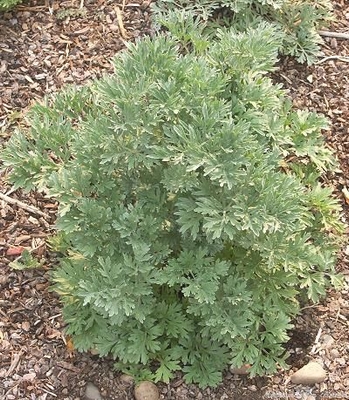Why we chose these plants
Crafting with Herbs is one of the great rewards for growing a bountiful Herb Garden. Herbs are the perfect instruments for creating wreaths, arrangements, soaps, candles, and paper. All of these can be created with just a few simple herbs from your garden. Below are six of our favorite crafting herbs.
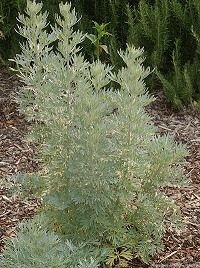
Wormwood
Wormwood is an ancient herb with many medicinal and culinary properties. But for our purposes we like the elongated flowering stems for crafting. The picture is of a young plant with only a few stems. But, as the plants age, they produce more and more stems. Cut the stems before or right after the flower buds pop out. Cut stems about 10 inches long. We want the fresh pliable growth like those pictured. If you wait too long, the stems become woody and harder to work with.
Plant Wormwood with lots of room to spread out in full sun where the soil drains well. It will die back in the winter and emerge again in the spring, so mark where you plant it.
Plant Wormwood with lots of room to spread out in full sun where the soil drains well. It will die back in the winter and emerge again in the spring, so mark where you plant it.
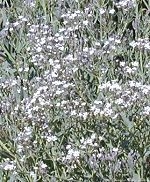
Manchurian Baby’s Breath
Big and bold and tougher than other Baby’s Breaths, but still with clouds and clouds of dainty blooms, best describes this perennial species of Baby’s Breath. Bloom starts in mid summer and continues until frost. Hardy in Zones 4-11, Manchurian Baby’s Breath dies back to the ground each winter, but returns each spring. Flowers should be harvested before any browning occurs. They can be dried fresh in an arrangement or hung upside down to dry for later use. Baby’s Breath looks great planted with Purple Statice, Tricolor Sage, Roses of any kind, and pink flowering ornamental oreganos, like Rosenkuppel Oregano. Because the stems of Baby’s Breath are barren, it should be placed behind other plants.
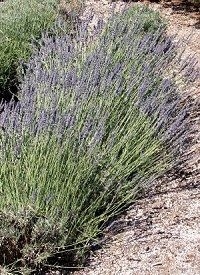
Abriali Lavender
This dark purple flowered lavender provides loads of fragrant flower wands for wreaths and arrangements. Abrialii Lavender has proven itself to be a reliable, carefree lavender in our garden.
Harvest when about a third of the wand has opened its flowers. Like all Lavenders, Abrialli needs to be pruned for shape after bloom. You can do this by cutting beyond the flower spike two to three inches into the leaves when you harvest the flower wands for your crafting. It is never a good idea to prune into wood with no leaves. Avoid hard pruning in high heat.
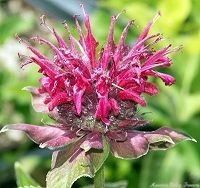
Bee Balm
Bee Balm comes in many different shades of pink and red. These are Monarda didyma hybrids. Monarda fistulosa is an eastern United States native and is a brilliant purple. They all add interest to the crafting garden. While Bee Balms like 5 or 6 hours of sun each day, in really hot climates they will need more water and welcome some afternoon shade.
Flowers should be cut before the petals start to brown. If you wait too long, the resulting empty flower pod is also interesting in an arrangement.
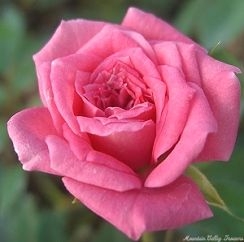
Judy Fischer Miniature Rose
Almost any miniature rose can add highlights to a wreath. Judy Fischer is one of our favorites because it has almost perfectly formed buds. Cut the roses just as they start to open. Be sure to cut three or four inches of the stem below the flower. We usually attach these stems to floral picks so the roses can be inserted into the wreath base exactly where we want them.
Roses grow best when fertilized on a regular basis with all purpose organic fertilizer. Prune for shape any time. We prefer the fall because we don’t like to cut off spring blooms.
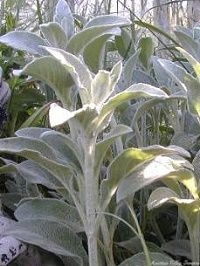
Lamb’s Ears
These elongated stems are preparing for bloom. Both Lamb’s Ears stems and flowers are beautiful used in fresh herbal crafts. The large, textured leaves help to highlight other more colorful flowers.
Lamb’s Ears are easy to grow but like to “walk” around the garden. We just let them do what they want and we always have nice stands of them. Full sun is a must. Watch the water. Like most hairy plants too much water can cause them to rot.
USING FRESH HERBS
Using fresh herbs is an easy quick way to make decorative arrangements like our wreath above. You can take our online wreath making class, Wreath Making 1 2 3 and see for yourself. You can also use your herbs for dried arrangements, wreaths, swags and other crafty projects. Here are a few pointers for drying your herbs.
- Gather herbs before it gets hot. Cut the stems on the long side.
- Tie in small bundles of 3-4 stems, so that can be easily separated later.
- If there are flower heads with small or wimpy stems, wire them with a floral pick and hang the picks.
- Hang in a warm, dry place that is not in direct sunlight.
- Take them down as soon as they are crispy.
- Shake GENTLY before storing.
- Store in a box with tissue separating layers. If you have a lot of different colors, store all one hue in a box together.
- Put where it will be safe from mice or other pests.
Wreath Making and Flower Arranging are not the only craft projects you can use your herbs for. Incorporate dropped petals or small pieces into a bar of soap or maybe make a candle. Soap Making is enjoying a resurgence and while adding your bits and pieces of herbs makes them pretty, essential oil is what makes them smell good.
You might also like our Crafter’s Herb Garden Six Pack for Zones 8-11.
Additional plants to consider
The plants listed here make excellent additions to this collection. Click through to read more about them or add them to your order.

